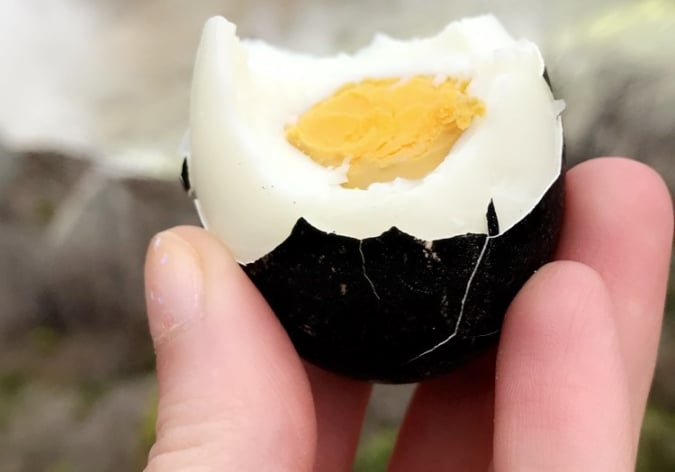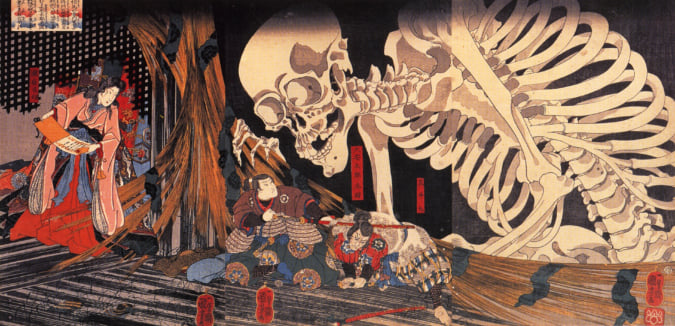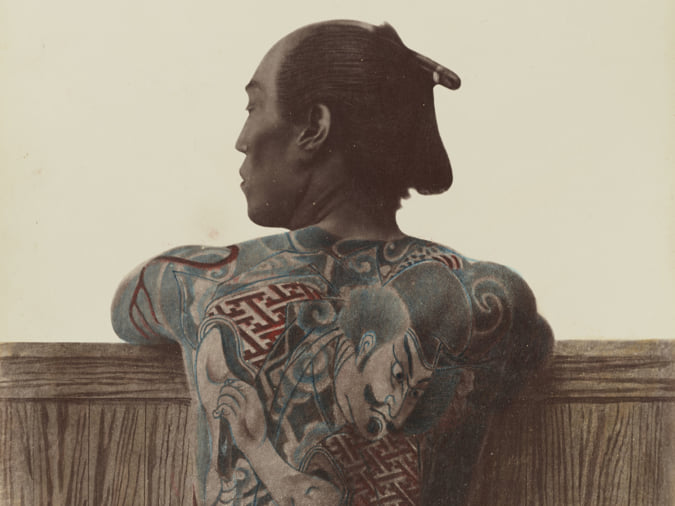Kusakabe Kimbei’s Colourised Portraits
At the end of the 19th century, the photographer captured images of Japanese people and sold them to tourists visiting the country.
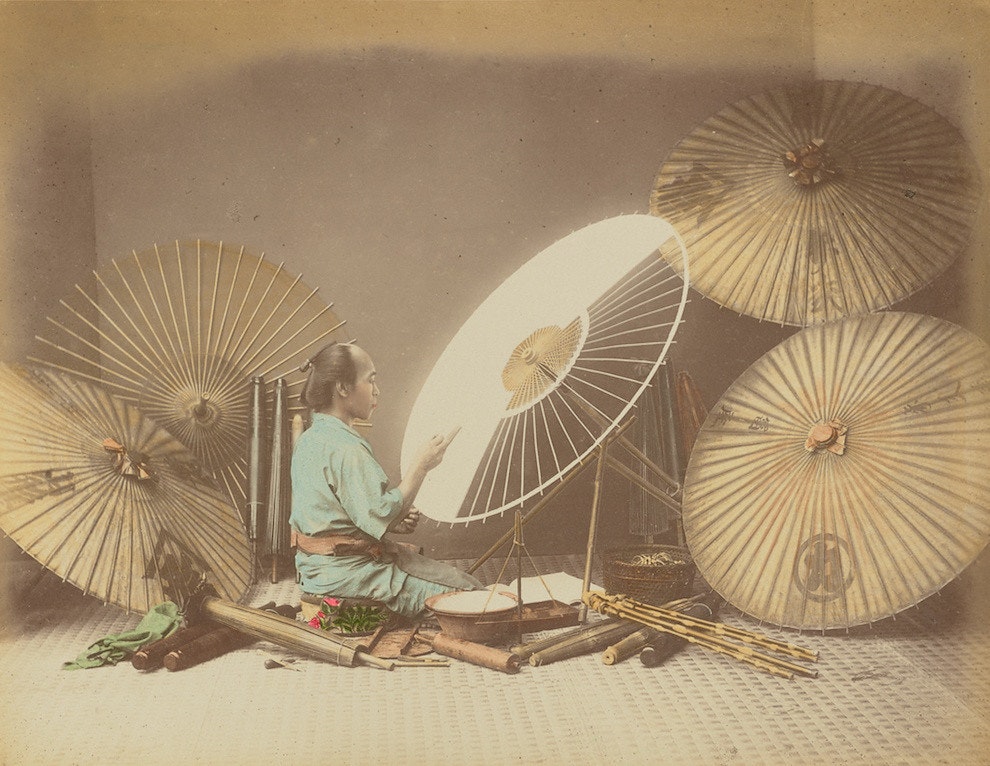
© Kusakabe Kimbei - Public domain
At the end of the 19th century, Kusakabe Kimbei immortalised a large number of portraits of Japanese people. He colourised the photographs by hand, and then sold them as souvenirs to tourists visiting the country.
These images primarily feature workers: firemen, travelling salespeople, and artisans. But they also feature scenes from everyday life, like one photograph where the viewer can admire women bathing in a furo made of wood. Kusakabe Kimbei also printed portraits in the studio, where he organised sessions displaying a very picturesque vision of Japanese culture featuring, for example, women dressed in kimono, holding paper umbrellas.
An apprenticeship alongside his European peers
Trained by Baron Raimund von Stillfried and Felice Beato, two famous European photographers for whom he worked as a colourist and assistant, Kusakabe Kimbei seized his independence in 1881, opening his first photography studio in Yokohama. Having gained an excellent reputation that made him one of the most notable photographers of the late 19th century, he went on to open a second location in the city, before settling in the capital’s Ginza district.
Kusakabe Kimbei went on to capture photographs of Japan until he was 72. He also produced a series of portraits of yakuza, and another dedicated to samurai.
The majority of Kusakabe Kimbei’s works are catalogued online on the Getty Center website.
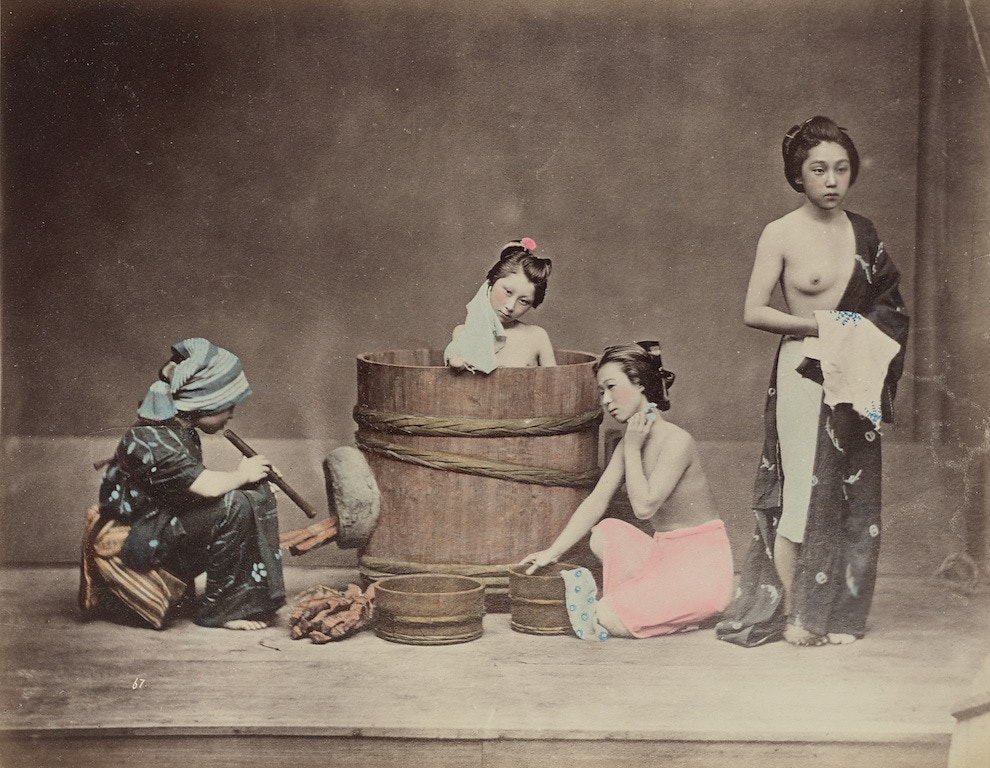
© Kusakabe Kimbei - Public domain
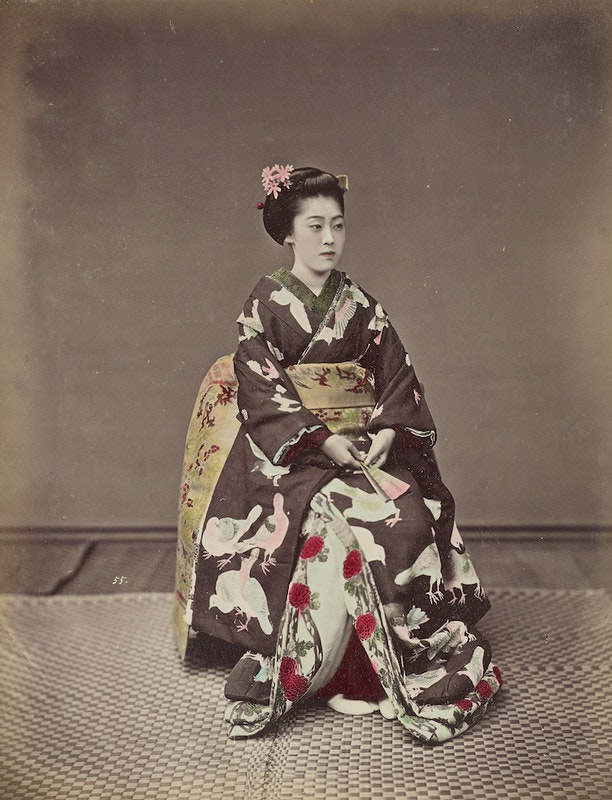
© Kusakabe Kimbei - Public domain
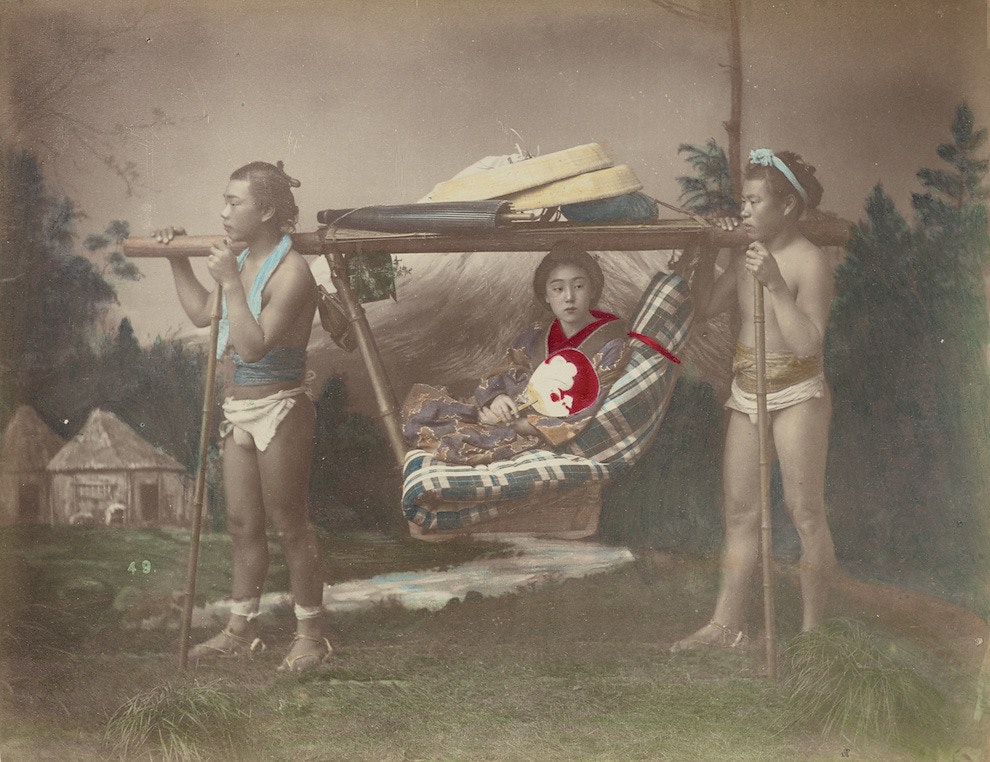
© Kusakabe Kimbei - Public domain
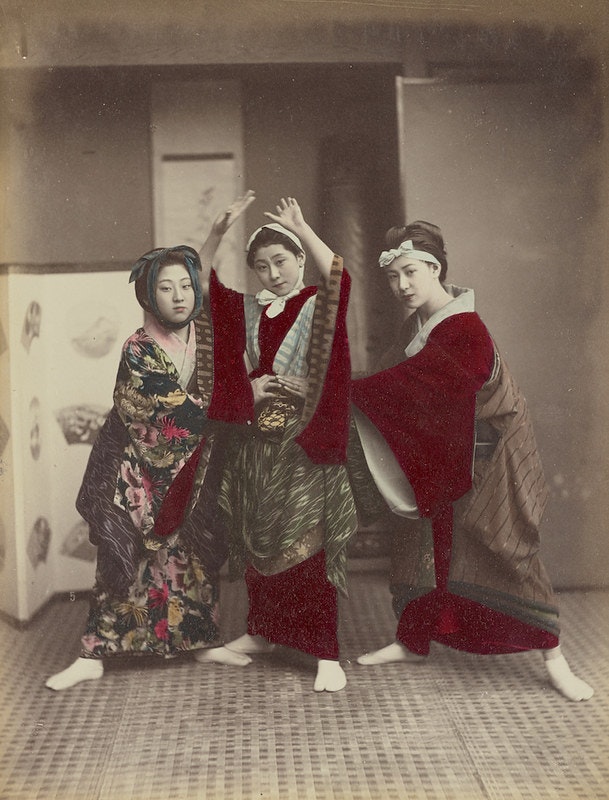
© Kusakabe Kimbei - Public domain
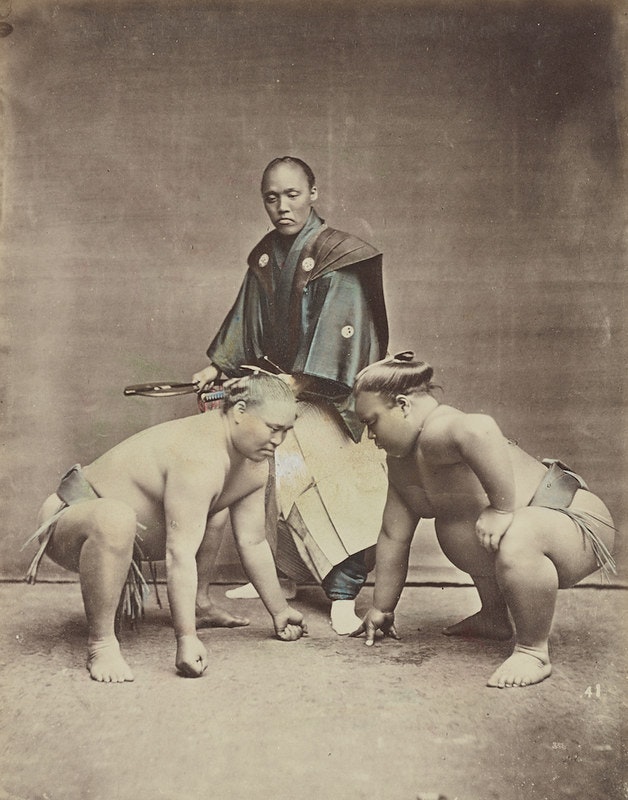
© Kusakabe Kimbei - Public domain
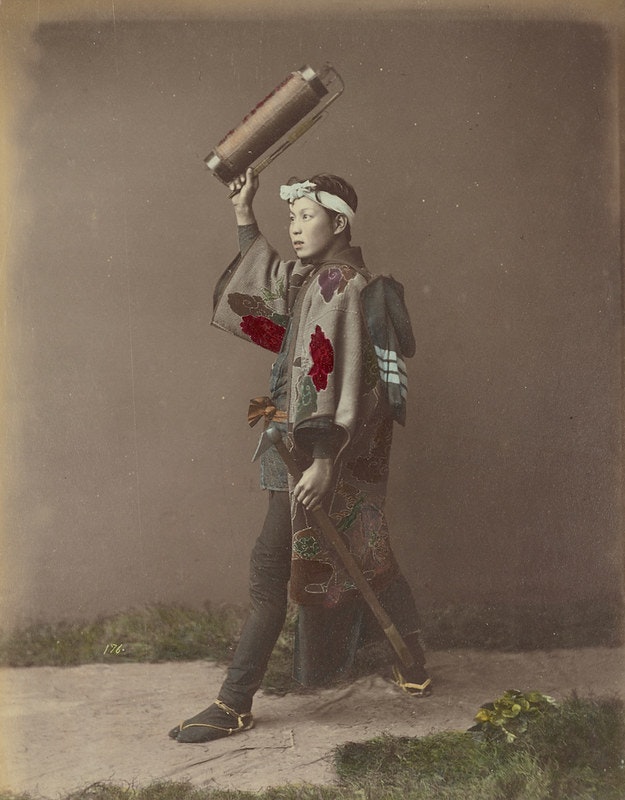
© Kusakabe Kimbei - Public domain
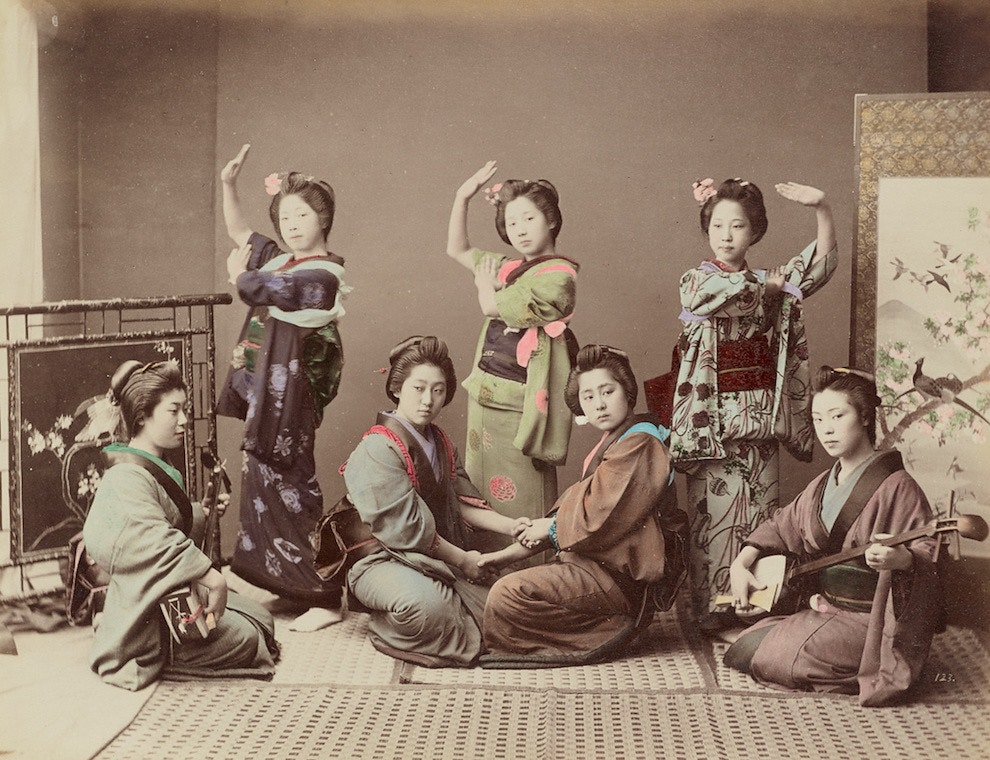
© Kusakabe Kimbei - Public domain
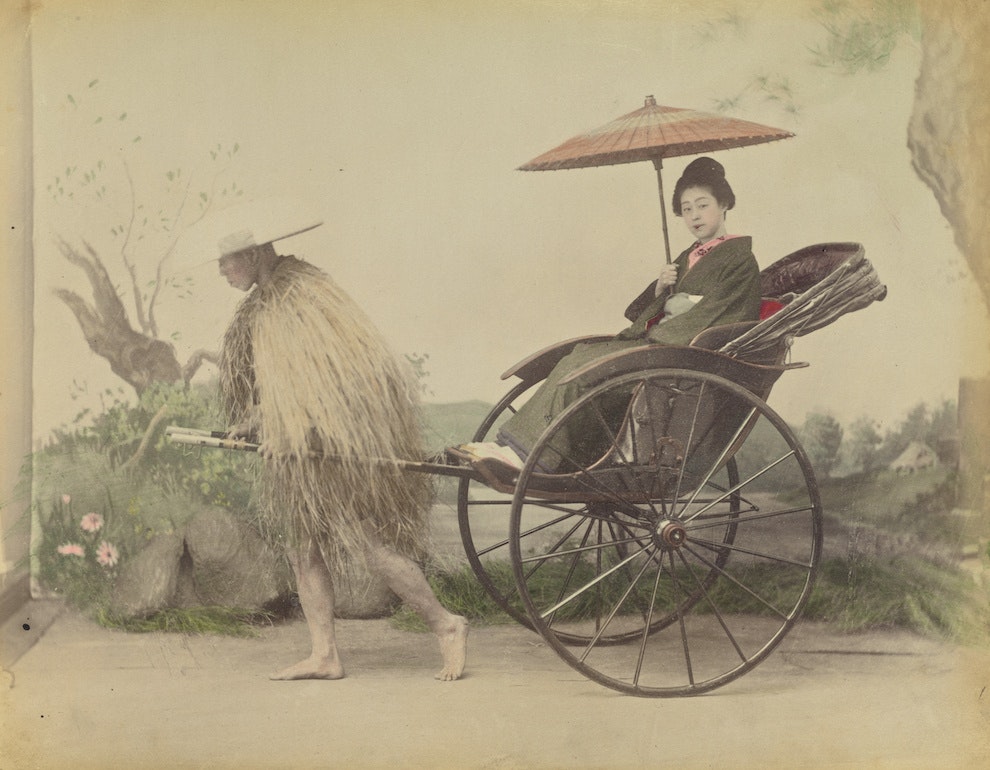
© Kusakabe Kimbei - Public domain
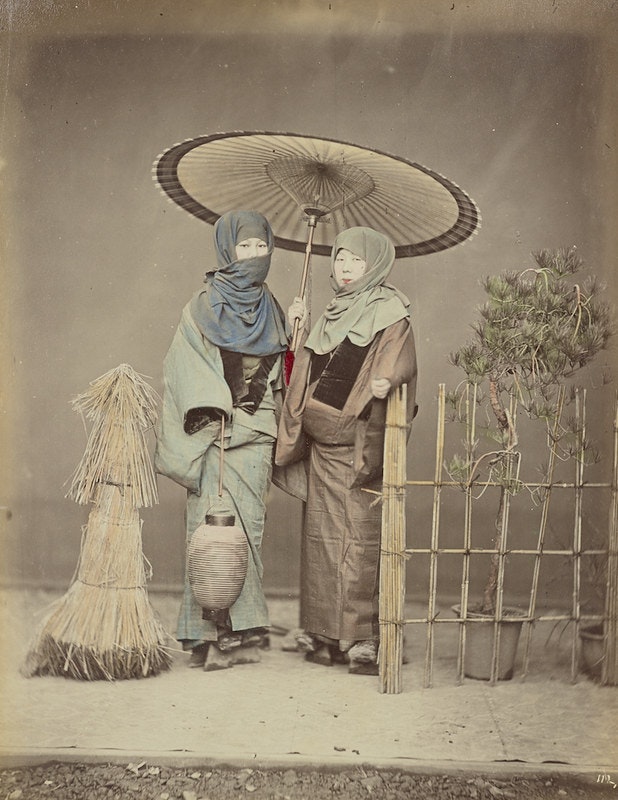
© Kusakabe Kimbei - Public domain
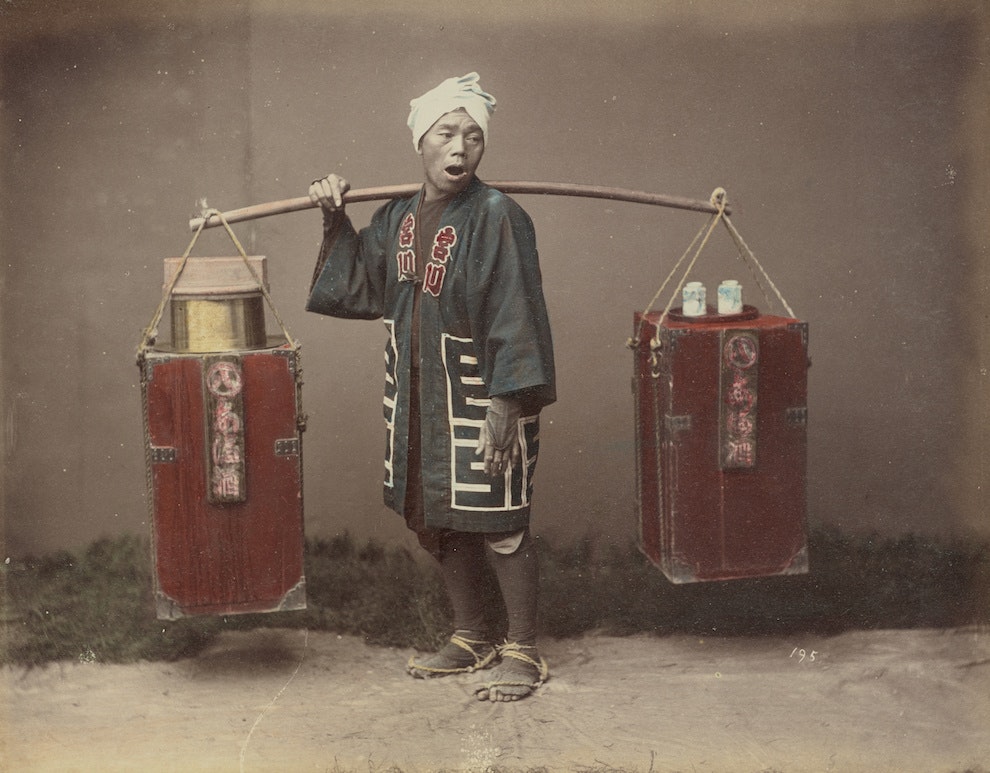
© Kusakabe Kimbei - Public domain
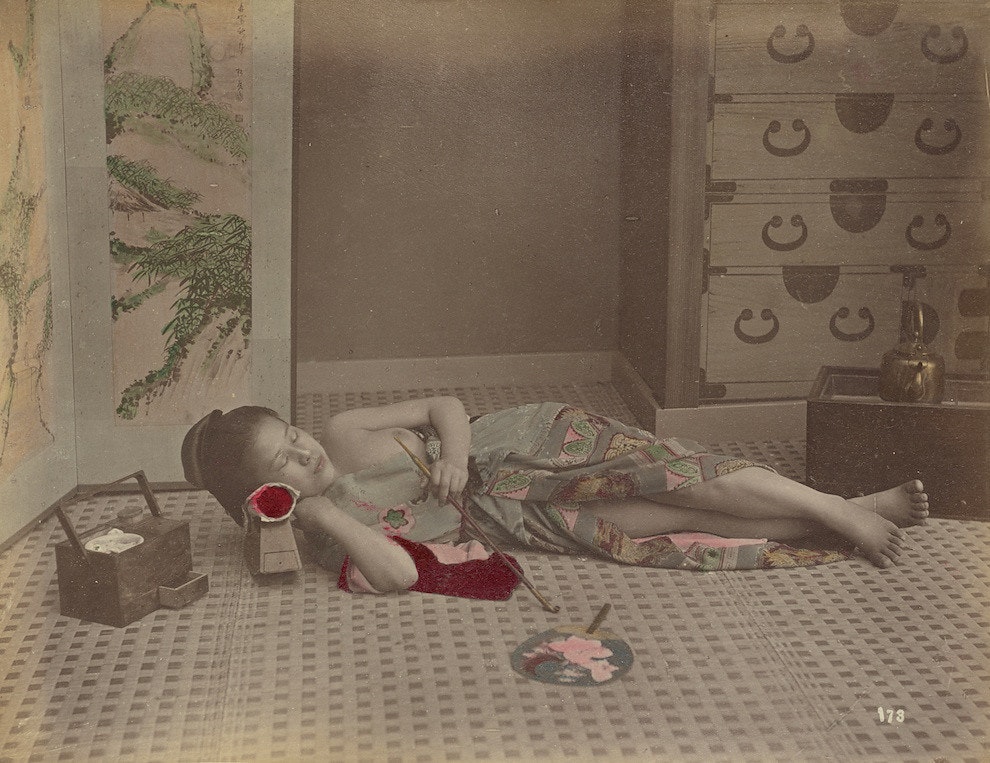
© Kusakabe Kimbei - Public domain
TRENDING
-
The Tradition of the Black Eggs of Mount Hakone
In the volcanic valley of Owakudani, curious looking black eggs with beneficial properties are cooked in the sulphurous waters.

-
Gashadokuro, the Legend of the Starving Skeleton
This mythical creature, with a thirst for blood and revenge, has been a fearsome presence in Japanese popular culture for centuries.

-
The Tattoos that Marked the Criminals of the Edo Period
Traditional tattoos were strong signifiers; murderers had head tattoos, while theft might result in an arm tattoo.

-
Colour Photos of Yakuza Tattoos from the Meiji Period
19th-century photographs have captured the usually hidden tattoos that covered the bodies of the members of Japanese organised crime gangs.

-
‘YUGEN’ at Art Fair Tokyo: Illumination through Obscurity
In this exhibition curated by Tara Londi, eight international artists gave their rendition of the fundamental Japanese aesthetic concept.

